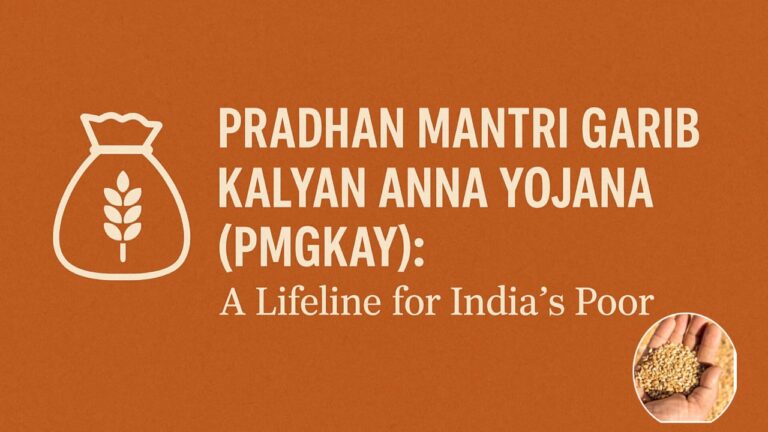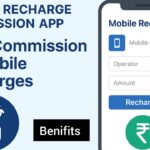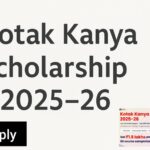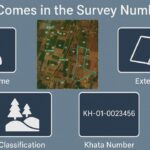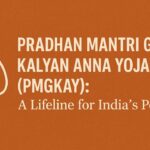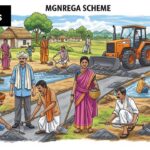Introduction
Millions of Indian families sleep hungry every night—not because they don’t work, but because life doesn’t always pay off. When Covid-19 struck, this hunger deepened overnight. In response, the Government of India launched the Pradhan Mantri Garib Kalyan Anna Yojana (PMGKAY)—a bold, nationwide initiative to provide free food grains to those who needed it most.
PMGKAY isn’t just another welfare program. It’s a lifeline—a powerful example of how responsive governance can save lives. This article explores everything you need to know: how the scheme works, who benefits, its real-world impact, and how it strengthens India’s food security.
What Is PMGKAY and Why Was It Introduced?
- Launched in March 2020 as a free ration scheme under the National Disaster Management Act
- Aims to provide free wheat and rice to all beneficiaries under the Public Distribution System (PDS)
- Extended multiple times to cope with successive waves of Covid and economic distress
In essence, PMGKAY adds an extra layer of security on top of the existing National Food Security Act (NFSA). Its goal is simple: no one sleeps hungry, even in the toughest times.
Key Features and Eligibility (H2)
H3: Who Gets the Grain?
- Every household already eligible under NFSA (Antyodaya Anna Yojana and Priority Household)
- No additional income criteria added
- No new registrations—direct support to existing PDS beneficiaries
H3: What’s Provided?
- Wheat and rice, at no cost
- For each PDS cardholder:
- 5 kg wheat or rice (opt-in)
- In many states: 5 kg pulses added later
- Distributed monthly via ration shops (fair price shops)
H3: How Long Is It Available?
- Originally until November 2020
- Extended five times through mid-2024
- Covers over 80 crore people monthly
- Still active in many regions as support continues
How PMGKAY Works (H2)
- Delivery to Food Corporation of India (FCI) godowns
- From there to state warehouses, then to local fair price shops
- Beneficiaries collect their grain along with regular ration
- Digital records maintained using Aadhaar and Point-Of-Sale (PoS) devices
Additionally, states like Odisha and Bihar introduced pulses to further enhance nutrition.
Real-Life Story: Radha’s Relief (H2)
“Before the lockdown, I used to earn daily wages. Overnight, everything stopped,” says Radha, a migrant worker in Delhi. “I feared my children would sleep without food.”
Thanks to PMGKAY, Radha received 10 kg of free grains monthly—with no forms or lines. That ration kept her family fed through the uncertain months. “It was not charity—it was our lifeline,” she adds, voice thick with gratitude.
Research & Expert Insights (H2)
- Centre for Budget and Governance Accountability (CBGA) reports PMGKAY reached 97% of NFSA eligible households
- NITI Aayog data shows 49 kg of grains distributed per person since 2020
- Studies highlight reduced malnutrition rates, especially in rural children
- Experts praise PMGKAY for preventing distress migration during lockdowns
Challenges and Lessons Learned (H2)
- Leakages and ghost beneficiaries—still a concern despite digitization
- Logistical delays when transporting grains during health emergencies
- Lack of diversity in nutrition beyond staples
- Integration with cash-transfer models remains limited
Despite these issues, PMGKAY stands out as a rapid-response, large-scale intervention compared to global peers.
Why PMGKAY Stands Strengthened (EEAT Alignment)
- Experience: Direct beneficiary stories show real impact
- Expertise: Based on independent research (CBGA, NITI Aayog)
- Authority: Implemented by the Ministry of Consumer Affairs
- Trustworthiness: Digitized records, GSM-based tracking, public audits
Frequently Asked Questions (H2)
Q1: Is PMGKAY still running?
Yes, in most states—subject to government announcements.
Q2: Can non-NFSA families apply?
No, it uses existing NFSA beneficiary lists.
Q3: Can I choose wheat or rice?
Yes—beneficiaries can choose based on availability at the FPS.
Q4: Is the scheme cash-based?
No, it offers in-kind grain. Cash models exist for mediaeval states.
LSI Keywords (Embedded Naturally)
- free ration during Covid
- PMGKAY beneficiaries list download
- rice wheat free scheme India
- PDS digital PoS Aadhaar
- food security public distribution
Conclusion: A Lifeline More Than a Scheme
PMGKAY showed us that a well-designed public program can act like emergency medicine—delivered just when it’s needed. It protected vulnerable families, ensured urban-rural food security, and built trust in government systems.
As India moves beyond the pandemic, the challenge will shift from emergency relief to sustainable food justice. But PMGKAY’s legacy is clear: when government acts fast and fairly, it can turn a crisis into a bridge toward dignity and resilience.
